How Will Amazon Product Localization Drive International Growth
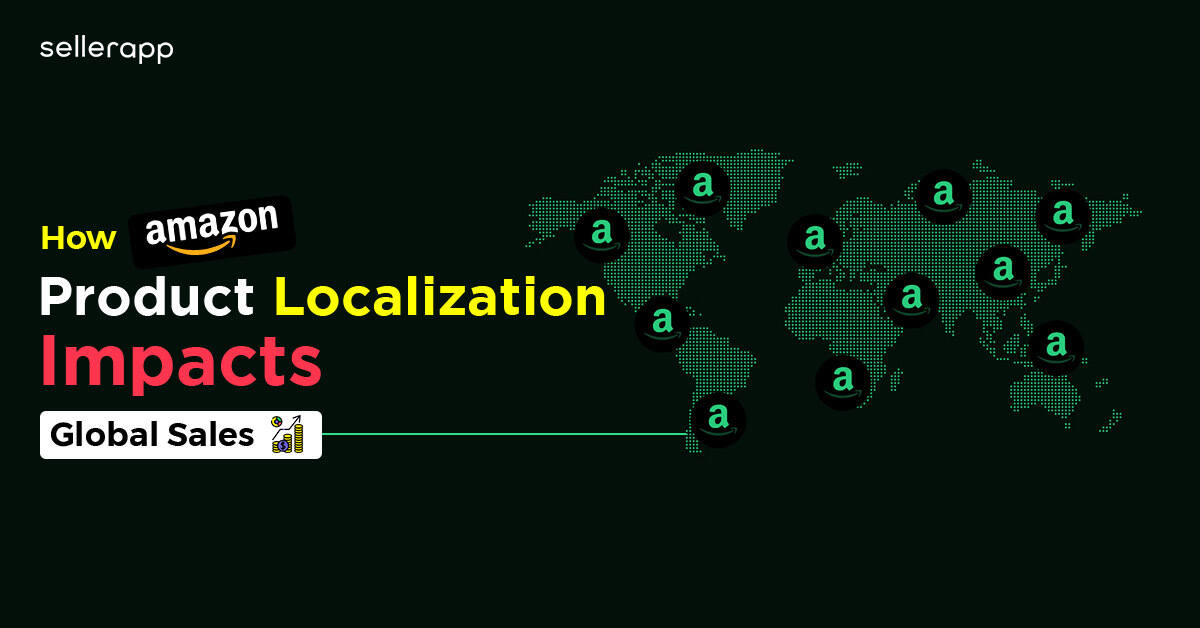
Expanding into new markets is every seller’s dream!
However, the key to successful global expansion lies in more than just listing your products in different locations.
To succeed in different marketplaces, brands must localize their product for the specific geographic location and target audiences.
Most sellers understand product localization as translating the product content to suit the specific market.
But in reality, it’s more than just direct translations.
Proper localization means adapting your product page content, images, specifications, and more to resonate with unique cultural nuances across markets. This hyper-localization is crucial for earning trust and loyalty from international shoppers.
This blog will discuss how to fine-tune Amazon localization beyond surface-level translations.
You’ll learn how to create product listings for specific marketplaces with market-specific data. Additionally, we’ll show you how to avoid common pitfalls sellers encounter with product localization.
Let’s dive into it!
A quick peek into the article:
- What is Amazon Product Localization?
- Difference Between Localization and Translation
- How to Hyper Localize Your Product Listings to Grow in 2024?
- Common Localization Pitfalls to Avoid
- Driving More International Sales in 2024
- Final Thoughts
What is Amazon Product Localization?
Amazon Product Localization is the process of adapting a product to meet a target market’s specific needs and cultural expectations.
Product localization aims to create a seamless, engaging customer experience that feels native to the intended local audience.
A basic translation won’t cut it here,
Instead, localize your messaging. This involves adapting the language, UI, graphics, features, and content to suit local preferences.
What makes localization so powerful?
Hyper-localization resonates more in local markets. Shoppers see that a brand understands and respects their culture. In turn, they reward those brands with trust and loyalty.
The localized marketing strategy should be a cornerstone of your global selling strategy.. When done right, it boosts cross-border conversion rates and sales.
Difference Between Localization and Translation
Translation and localization both involve modifying language for a specific target audience.
Translation simply converts text or audio from one language to another. It aims to convey literal meanings accurately.
On the other hand, localization goes much deeper to resonate with the cultural nuances.
It translates text and adapts messaging to align with regional cultural contexts like locale-specific images, units, currencies, date formats, and other considerations.
For example, brands like McDonald’s change their menus across the globe to match the taste of that location, be relevant, and improve sales potential.
Another example is CamelBak. They change their imagery, marketing messaging, and content to hyper-localized relevance in each country.
For example, in the UK, the landing page messaging focuses on protection from winter.
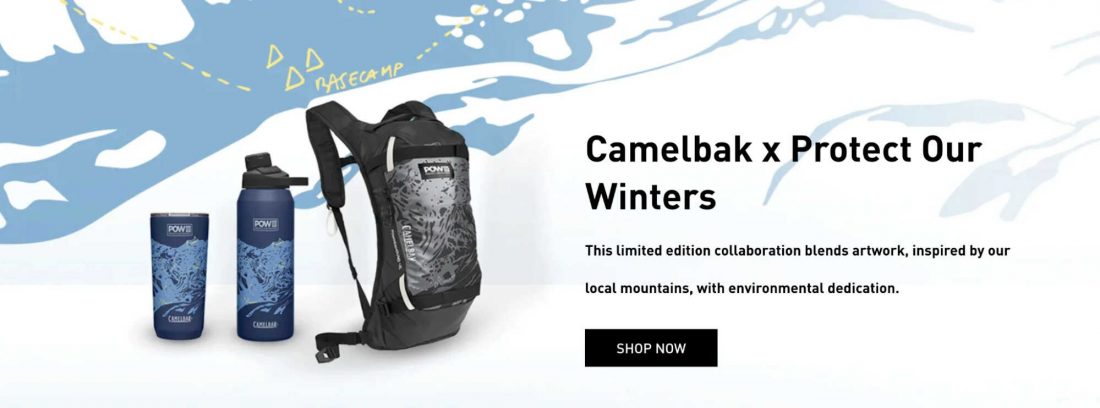
Whereas in a country like Germany, it shows trail images and promotes itself as a travel water bottle.
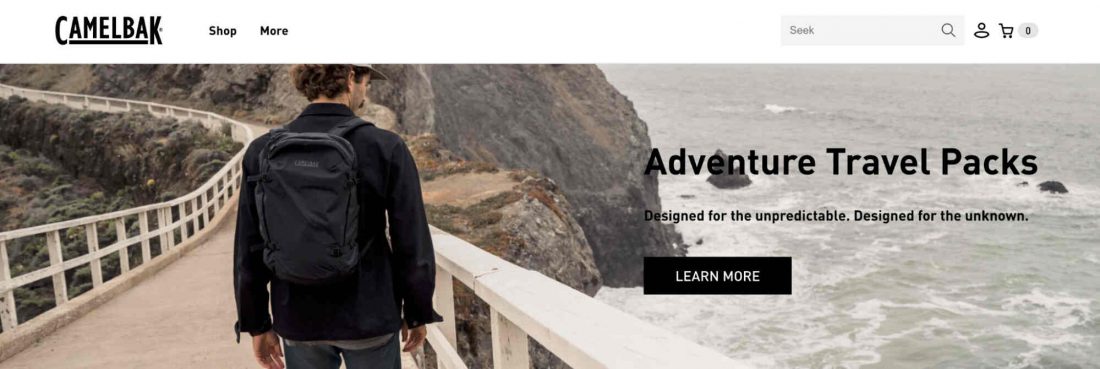
How to Hyper Localize Your Product Listings to Grow in 2024?
Localizing your Amazon listings is expensive and takes time.
But if you’re expanding to the foreign market, the return on investment makes it worthwhile.
Here are a few pro tips to localize your product listing to drive international sales.
Conduct Market Research
Don’t go in blind.
Research target countries to analyze demand, shoppers’ behaviors, and competition.
Don’t bundle countries together. For example, Amazon Europe has 9+ countries with unique cultures, requirements, and emotional triggers.
Also, simply identify if demand exists in the new marketplace.
For example, you might successfully sell swimming pool filters in the USA. But if you try to sell the same product in the UK, you’ll have hard luck, because few people there own a swimming pool due to colder weather.
The key here is to identify if there’s existing demand for the product in the market. You can easily do this with SellerApp Chrome Extension.
Note: Avoid direct translations. Regional nuances around humor, etiquette, and emotional sentiment get lost. Work with native copywriters to convey messaging that resonates locally.
Localize Product Images
Images shouldn’t just be translated, they should feel culturally relevant. For example, European buyers might expect to see European models in lifestyle images. Mexican buyers expect Latin American models.
Also, attention to subtle visual cues like hand gestures that mean different things across cultures. The image should also reflect local living.
Tailor Product Specifications
While localizing, also convert the metrics and specifications based on location-specific units.
Also, remember that international buyers have different expectations around sizing. For example, Asia-sized clothing runs smaller than US sizes.
You also need to keep that in mind while localizing your product size.
Optimize for Local SEO
Keyword translations should be region-specific to match local search intent.
For example, “jumper” means a sweater in the UK vs. a dress in the US.

Getting lost-in-translation product names will tank traffic and conversions.
Adapt Brand Messaging
Your brand messaging needs to be localized as well. Don’t take a one-size-fits-all approach.
Relevance is the goal here!
Highlight flagship products that resonate more in specific regions. Call out certifications like CE marks for EU compliance. And tweak slogans to better connect with cultural nuances in different markets.
Reflect Local Currency/Payment Methods
Pricing should be displayed in local currency, with taxes and import duties included upfront.
Streamline the checkout process by supporting prevalent local payment methods.
For example, credit card penetration lags in Latin America. Shoppers prefer cash on delivery or local payment platforms like Mercado Pago.
You must consider these payment method preferences while localizing your products in these geographies. This wins major trust and conversion points for your brand and product.
Common Localization Pitfalls to Avoid
Expanding your business internationally can be a great opportunity, but it’s important to avoid major localization pitfalls that can hinder your global selling goals.
Many sellers make the mistake of rushing onto different Amazon marketplaces without doing due diligence to understand regional nuances.
This can lead to perfectly great products getting lost in translation and not reaching their full potential.
Here, we’ve listed a few localization mistakes you can avoid that sabotage your global selling goals.
Machine Translations
Sellers often default to feeding their product listings through translation tools like Google Translate to cut costs and time. These tools often ignore critical cultural contexts, local idioms, etiquette, emotions, and other messaging elements and spit out inaccurate translations.
No doubt why it doesn’t connect with the local shoppers.
Instead, work with a local copywriter who understands the local customer, language, and nuances and captures that into the product copy.
Ignoring Cultural Sensitivity
Don’t assume a phrase, image, or message that works well in one culture will work just as well in another.
Cross-cultural norms can vary widely. A seemingly innocuous image or gesture can have offensive connotations in other parts of the world.
For example, a “thumbs up” gesture has offensive meaning in parts of the Middle East.
So, do your homework before localizing your products to avoid PR nightmares.
Test your translated listings with native speakers who can flag offensive messaging.
If unsure about any messaging, leave it out. Don’t risk turning off local buyers over ignorance. It’ll hurt your brand in the long run.
Struggling to Maintain Localization
Product localization is an ongoing process, not a one-time solution. If you don’t constantly improve your localization, it can sink your overseas efforts.
As you expand to more countries, revisit initial translations based on feedback submitted in customer reviews and adjust your listings promptly.
Also, closely monitor search term reports to incorporate rising regional keywords. For example, the adoption of wireless earbuds has grown exponentially in Asia over recent years.
However, if you keep rehashing outdated keywords, you can miss out on fully capitalizing on this trend.
Don’t let your initial localization wins lapse. Expect to revisit your messaging periodically to realign with current customer expectations, tech adoption trends, and consumer vocabulary overseas.
Driving More International Sales in 2024
According to a recent survey, 71% of the top marketing decision-makers agree that content localization improves sales, and 74% agree it’s a major revenue driver.
Global cross-border e-commerce has grown nearly 10% annually over the last two years. And Amazon is aggressively expanding its global infrastructure to push international sales higher.
Now is the time for sellers to capitalize on surging foreign demand.
Shoppers in every country want to shop online. And they strongly prefer buying from sellers who speak directly to their culture in localized storefronts.
Proper localization also unlocks more organic visibility and higher converting traffic in foreign languages.
Capitalize on this preference by mastering localization best practices. Immerse international visitors in end-to-end localized, culturally-attuned shopping experiences.
Recommend: Definitive Guide: How To Sell Internationally On Amazon?
Final Thoughts
The world is ready to buy, but only if you speak their language linguistically and culturally with Amazon product localization.
This blog has explained all the localization tactics for you to feel confident in localizing your product.
Expanding your Amazon business in a new market is an ambitious project. And sellers willing to invest in hyper-localization will reap major dividends.
With that, if you also want to expand your Amazon business in new marketplaces, SellerApp experts can help you.
SellerApp has already helped 20,000+ brands create full-funnel expansion strategies, and we can do the same for you.
Additional read:
Benefits of these Amazon add-on products


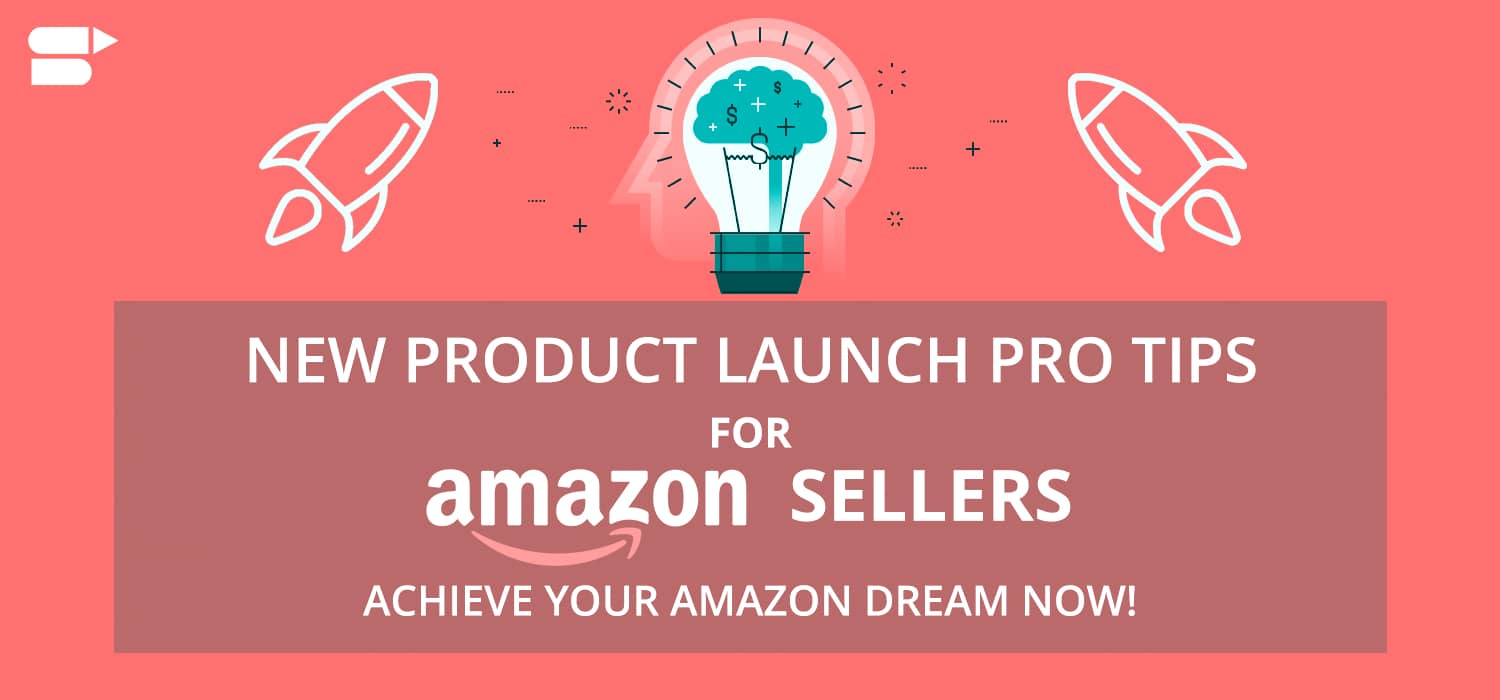





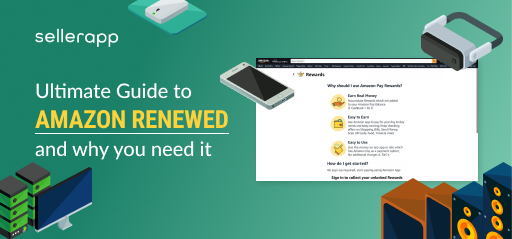


Vikranth
February 13, 2024Good resource for Amazon sellers.
Clare Thomas
March 4, 2024Thank you.
Saketh
February 13, 2024I like this blog!! It’s a masterpiece for Amazon sellers.
Clare Thomas
March 4, 2024Very happy to hear that.